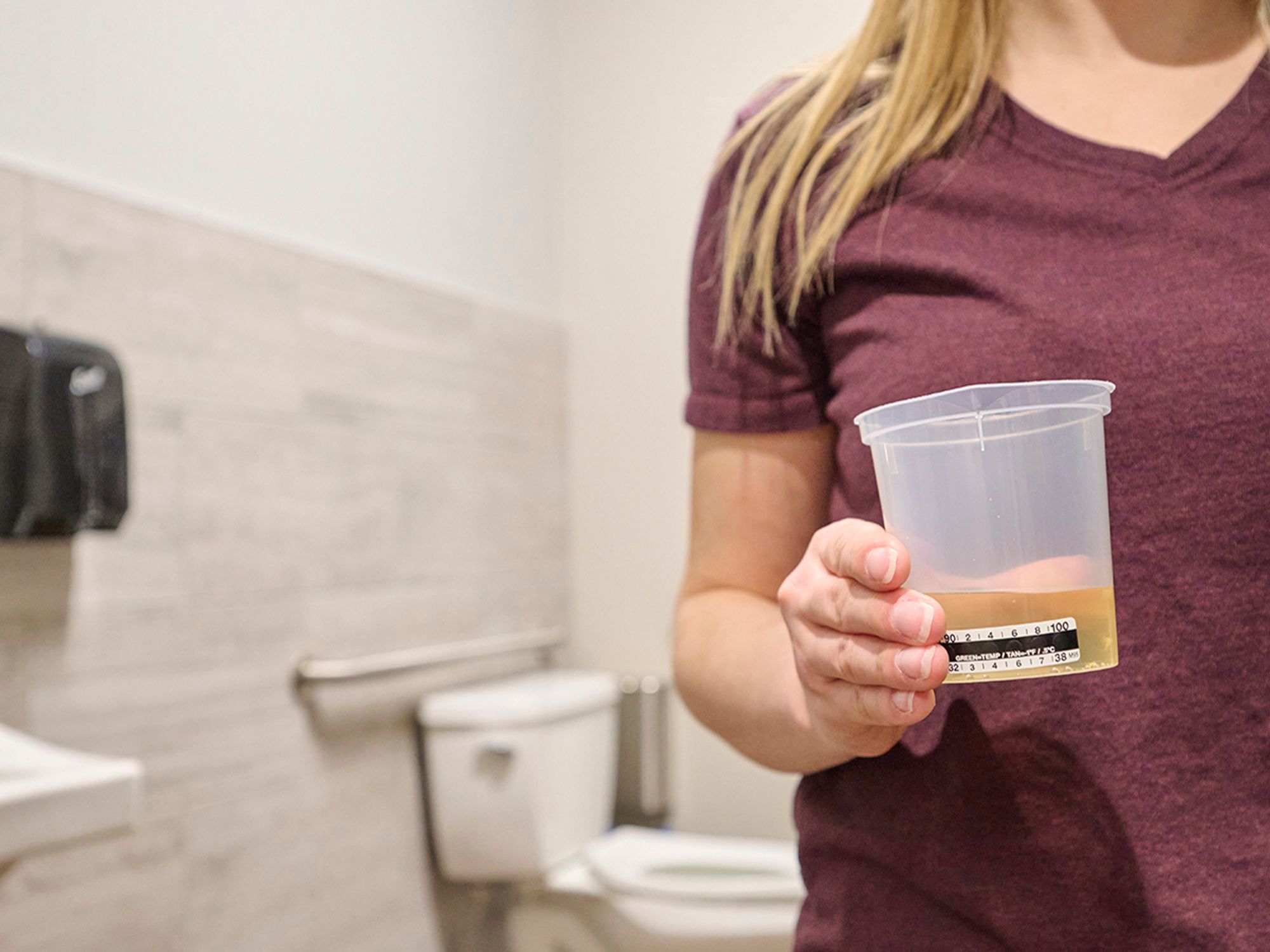Follow-up tests

- At least six unannounced follow-up tests are required for drivers who return-to-duty following treatment for a drug or alcohol violation.
- Follow-up testing can last up to 60 months.
- Follow-up drug tests must be performed under direct observation.
Unannounced follow-up tests, numbering at least six in the 12 months following the driver’s return to duty, are required after evaluation, treatment, and negative return-to-duty testing, using the procedures in Part 40. A substance abuse professional (SAP) may also require follow-up tests during the 48 months of safety-sensitive duty following this first 12-month period.
Follow-up drug tests must be conducted under direct observation. In the event a follow-up drug test is not performed under direct observation, the test will not be canceled since failure to observe is not a fatal flaw (see 40.209). However, the Federal Motor Carrier Safety Administration expects carriers to perform another test to be compliant.
Follow-up testing is separate from and in addition to the regular random testing program. Drivers subject to follow-up testing must remain in the standard random pool and must be tested whenever the individual’s name comes up for random testing, even if this means being tested twice in the same day, week, or month.
Follow-up testing for alcohol can be performed only when the driver is performing safety-sensitive functions, or immediately prior to performing or immediately after performing safety-sensitive functions.
Employers must report to the Drug and Alcohol Clearinghouse when a driver completes a follow-up testing plan under the carrier’s Part 382 program. The employer doesn’t report each individual follow-up test.
